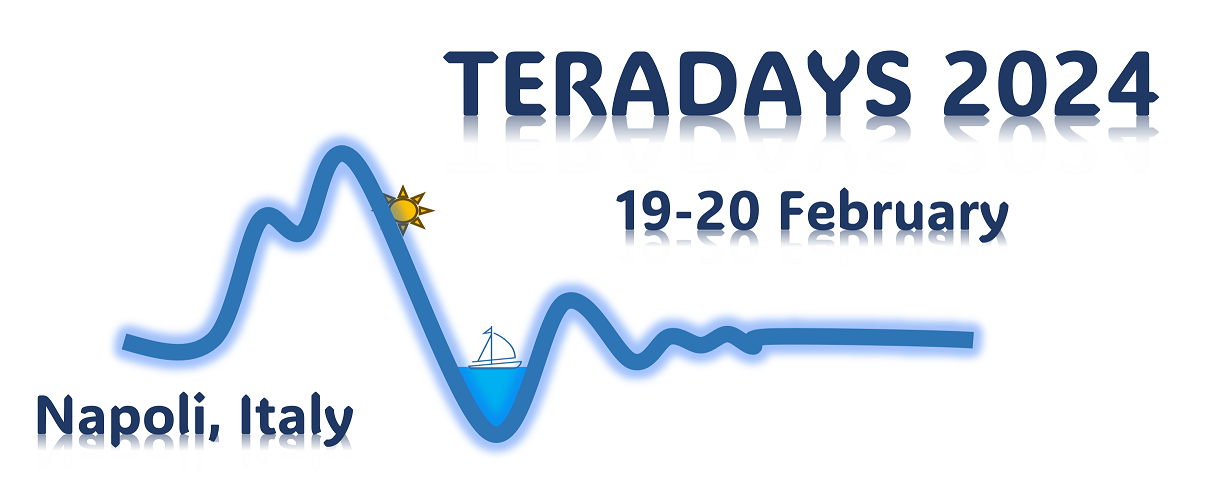Speaker
Description
We report a study at a mesoscopic level on the THz dynamics of three aliphatic alcohols (2-propanol, methanol, and ethanol), one diol (ethylene glycol), and the corresponding water solutions at room temperature, using a time domain ellipsometer. The dielectric response of the pure liquids is nicely fitted using a generalized Debye-Lorentz model, which considers hydrogen-bond rupture and reformation dynamics, the motion of the alkyl chains and of the H-bonded OH groups, and the presence of molecular vibrations [1]. For the binary mixtures, we focus on the properties of the water-rich region, finding an anomalous behavior in the absorption properties at very low solute molar concentrations (XM). These results, first observed in the THz region, are in line with previous findings (mostly from thermodynamic measurements) and can be explained by considering the amphiphilic nature of the alcohol molecules. Figure 1 (i) presents the frequency dependent dielectric properties of (a) 2-propanol, (b) methanol, (c) ethanol, and (d) ethane-1,2-diol in the THz region achieved by a customized THz time-domain spectroscopic ellipsometer [2] and the corresponding fitting curves based on an effective Debye model [3], showing an excellent agreement.
However, this model fails to reproduce the experimental results when an alcohol-water binary mixture is considered, especially for small (0-5 %) alcohol molar fraction XM. To better highlight the molecular dynamics of the solute at very low XM, we display in Fig.1 (ii) the deviation of the experimental results from the expected Debye behavior (Δk = kexp − kDebye).
Results show that the mixtures behave completely out of the Debye prediction, which can be explained by the complex dynamics occurring in aqueous binary mixtures due to the competing, hydrophobic and hydrophilic, behavior of the alcohol. In the water-rich region (very scarce solute molecules), we measure a sudden drop in absorption properties of water, the dominant mechanism appearing to be the destruction of existing H-bonds between water molecules, since the hydrophobic behavior of the alcohol plays the main role. As the solute molar concentrations becomes higher, we first observe an increase in the absorption properties of the mixture, due to the formation of water clusters around alcohol molecules, followed by a Debye-like decay by increasing the alcohol concentration.

